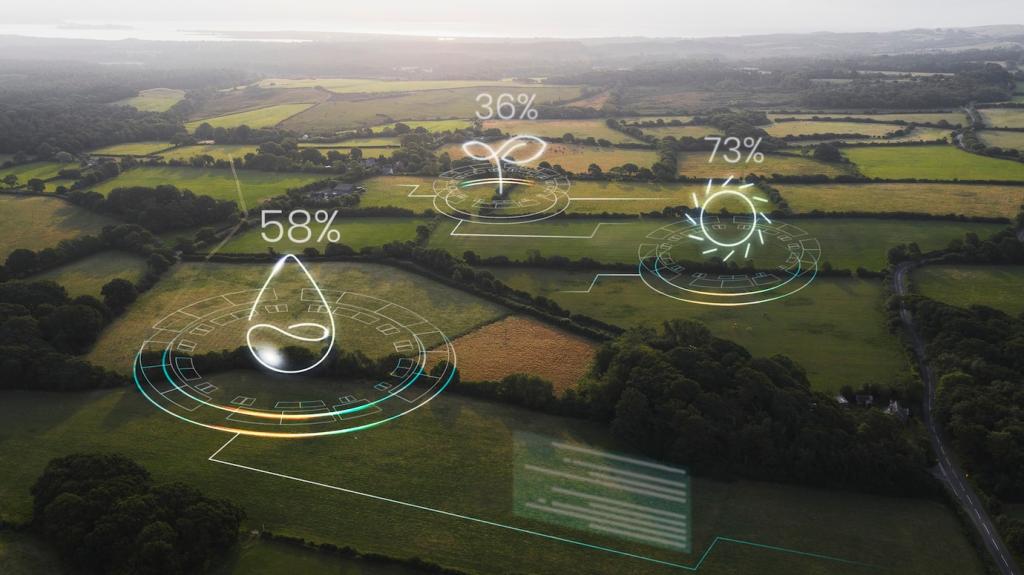AI Innovations in Green Building Technologies
Today’s chosen theme: AI Innovations in Green Building Technologies. Explore how intelligent design, predictive operations, and data-driven decisions can turn buildings into resilient, low-carbon ecosystems. Join the conversation, share your ideas, and subscribe for more human stories and practical insights.
From Efficiency to Regeneration
AI shifts the focus from incremental savings toward regenerative outcomes—maximizing daylight, balancing thermal comfort, and coordinating with the grid. Instead of static targets, projects learn continuously, aligning performance with climate goals and occupants’ evolving needs.
Data Is the New Building Fabric
Sensors, BIM models, weather forecasts, occupancy patterns, and energy prices create a rich dataset. AI weaves these strands together, exposing hidden patterns and unlocking opportunities that traditional engineering calculations might miss under tight budgets and timelines.
A Real-World Spark
A project manager piloted AI analytics on a mid-rise retrofit and discovered simultaneous heating and cooling in shoulder seasons. Fixing that one issue cut energy use meaningfully and won skeptical stakeholders over to a smarter, iterative way of working.
Design Intelligence: Generative Workflows and Simulation at Scale
Generative Massing for Light and Comfort
AI explores thousands of massing options, optimizing for daylight access, glare control, and thermal loads. Teams can compare configurations that were previously impossible to test in time, aligning form, façade, and structure with human-centric performance.
Embodied Carbon Estimators
Machine learning predicts embodied carbon from early design attributes, helping architects choose lower-impact structural systems and materials. By spotlighting hotspots early, teams avoid late-stage compromises and deliver verifiable reductions with minimal cost premiums.
An Overnight Discovery
An architect ran a generative façade study overnight and arrived to a ranked shortlist balancing daylight, views, and cooling load. The client loved the transparency: every recommendation came with clear metrics, trade-offs, and modeled outcomes.




Digital twins mirror real conditions, updating with sensor data and maintenance logs. They help operators test changes virtually, spot drift, and maintain performance gains achieved at handover.
Operations: Digital Twins, Fault Detection, and Comfort
Scaling Up: Policy, Finance, and Community Engagement
Automated reporting streamlines energy, water, and emissions disclosures. AI checks compliance against evolving local laws, helping owners plan upgrades strategically and avoid last-minute, expensive retrofits.
Scaling Up: Policy, Finance, and Community Engagement
Lenders increasingly value verified savings. AI creates confidence with measured baselines and predictive paybacks, unlocking capital for deep retrofits that conventional underwriting might overlook.


